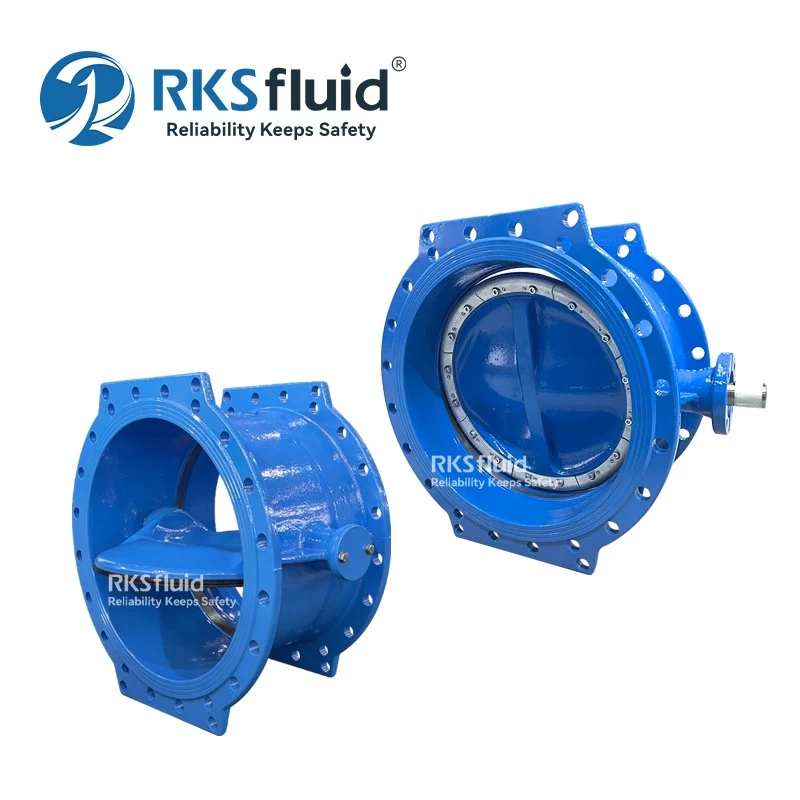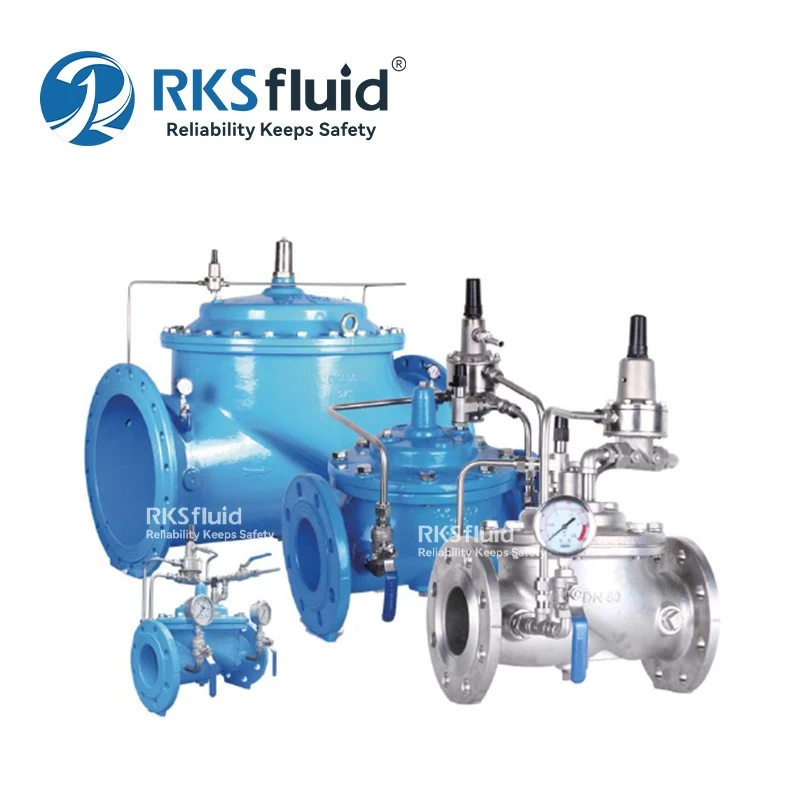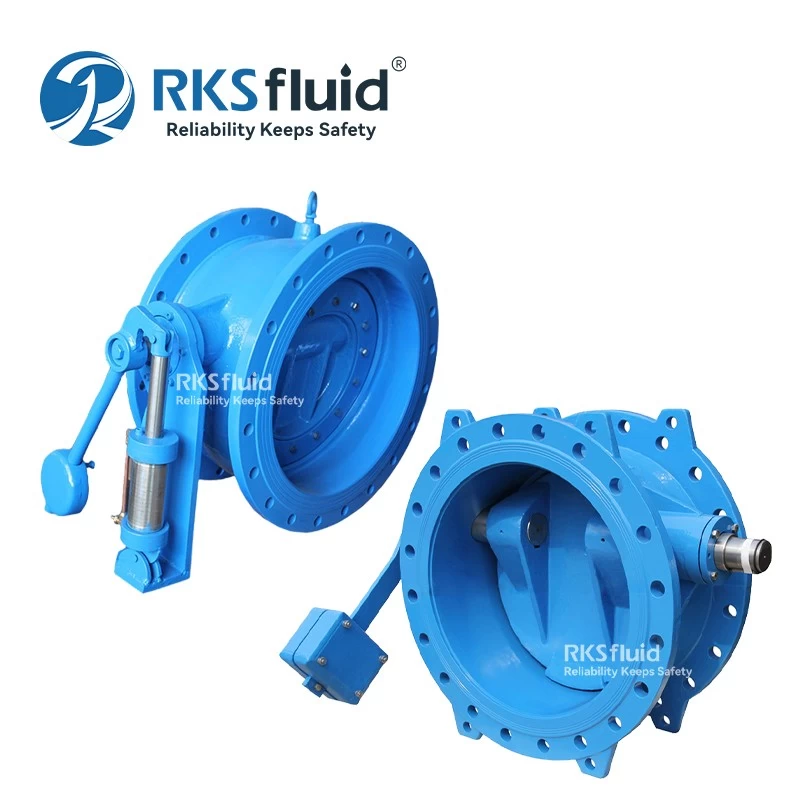- お問い合わせ
-
RKSfluid Flow Control Company
ウェブ: www.rksfluid.com
電話番号: 86 24 2318 0188
ファックス:86 24 2318 0788
メール: info@rksfluid.com 今コンタクトしてください
- 申し込む
-
新製品の最新情報をメールで受け取る
ニュース
How Various Hydraulic Valves Work
Hydraulic valve is a kind of valve, such as water pump control valve, hydraulic automatic valve, etc., it is the medium pressure in the pipeline to automatically open and close the valve valve, no external force, this type of valve we commonly known as hydraulic valve.
Hydraulic valve is an automatic component operated by pressure oil. It is controlled by pressure oil of distribution valve. It is usually used in combination with electromagnetic distribution valve. Often used for clamping, control, lubrication and other oil. There are direct moving type and the division of the leader, multi-purpose leader.
The basic structure of the hydraulic valve mainly includes the valve core, the valve body and the control device that the drive valve core moves relative to each other in the valve body. The main form of valve core has slide valve, cone valve and ball valve; In addition to the valve body with the valve core with the body hole or seat hole, and the external oil pipe inlet, outlet and outlet; The device that drives the spool to do relative motion in the valve body can be a manual adjustment mechanism, can also be a spring or electromagnet, some occasions also use liquid pressure drive.
On the working principle, hydraulic valve is the use of the relative motion of the valve core in the body to control valve of on and off and the size of the open mouth, in order to realize the pressure, flow and direction control, hydraulic valve, all valves, valve oil outlet and inlet valve opening size between differential pressure and the relationship between by the flow valves meet the orifice flow formula (q = KA Δ p m), it's just all kinds of valve control parameters vary.
This is a fundamental question:
1) for industrial use (also known as fixed equipment, which is relative to the walking machinery), the reversing valve is generally 4-way, that is, there are four main oil ports: pressure oil inlet P, load oil inlet A and B, to the oil tank T. The rest of the control oil port, load pressure LS port, oil leakage port and so on can not be counted in several.
2) any component that requires pilot control oil to control the main stage, such as the electro-hydraulic reversing valve, has the problem of the source of pilot oil and how to deal with the return oil. This is the flexibility of hydraulic technology, leaving the user to choose according to the actual needs of the system.ここ:
X-- control oil inlet outside the autonomous system (called external control, if it comes from port P, called internal control)
Y-- the control oil leads directly back to the oil port of the tank (called the outer return (leakage), and if it goes back to the T port, the inner return (leakage)).
L-- oil leakage in the valve leads back to the oil port of the tank separately
3) by the way, the treatment of pilot control oil can be reasonably combined as required:
External control, external gyrus; External control, internal gyrus; Internal control, external gyrus; Internal control, internal gyrus.
4) by the way, for the L outlet oil, the outer return of the pilot oil, must be directly led back to the tank (or through the filter), should never be gathered into the main return oil T port and led back toタンク。 This situation is more sensitive in proportion to the servo system.











